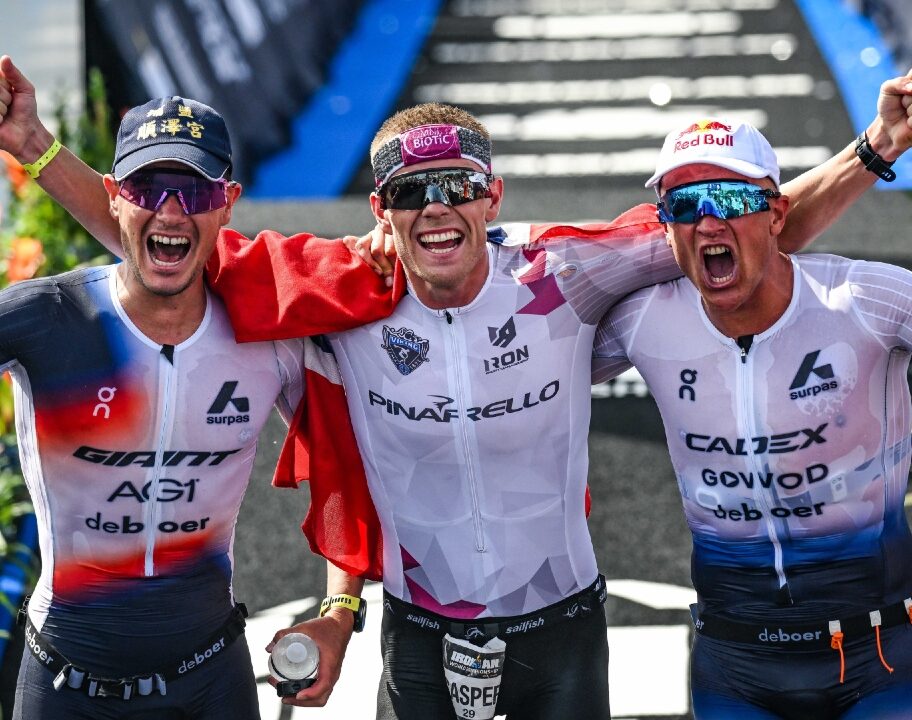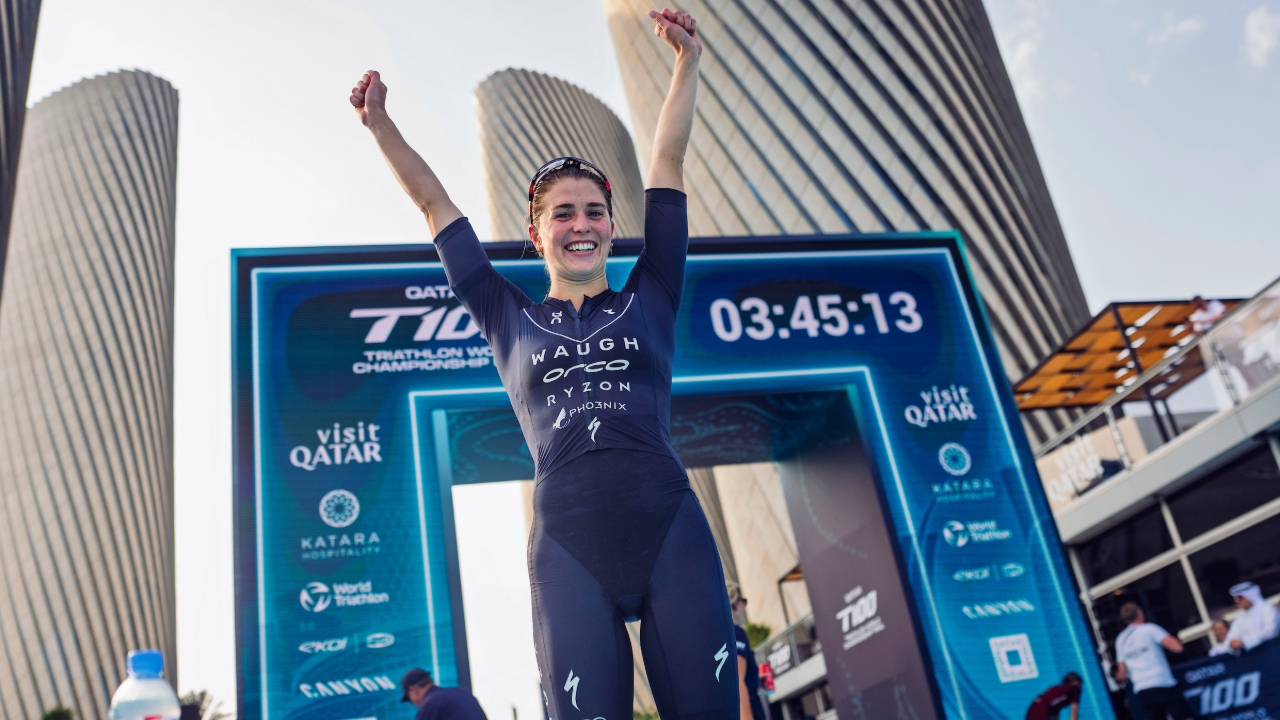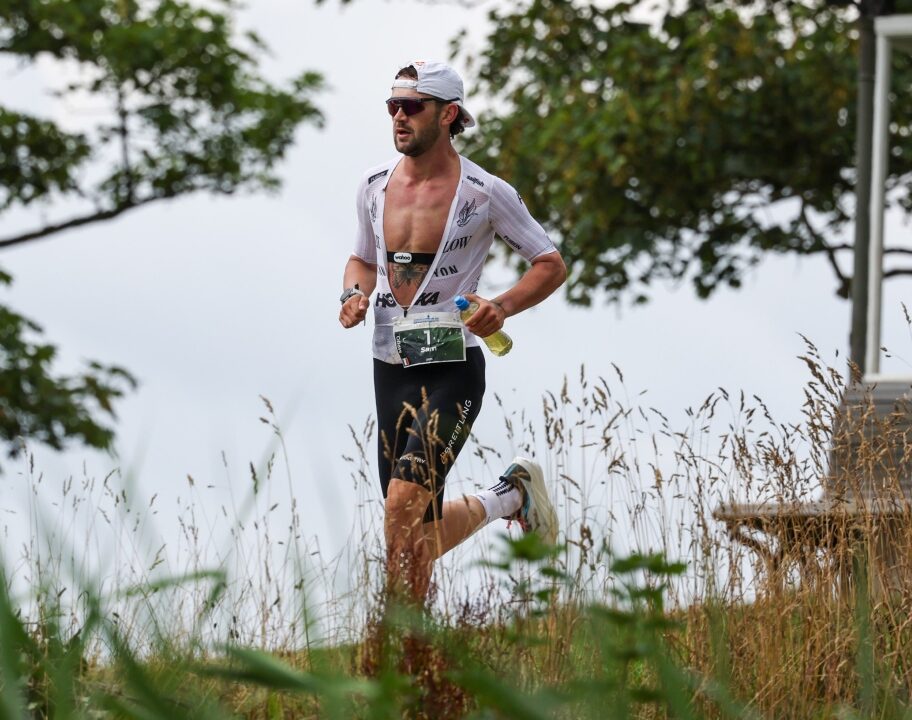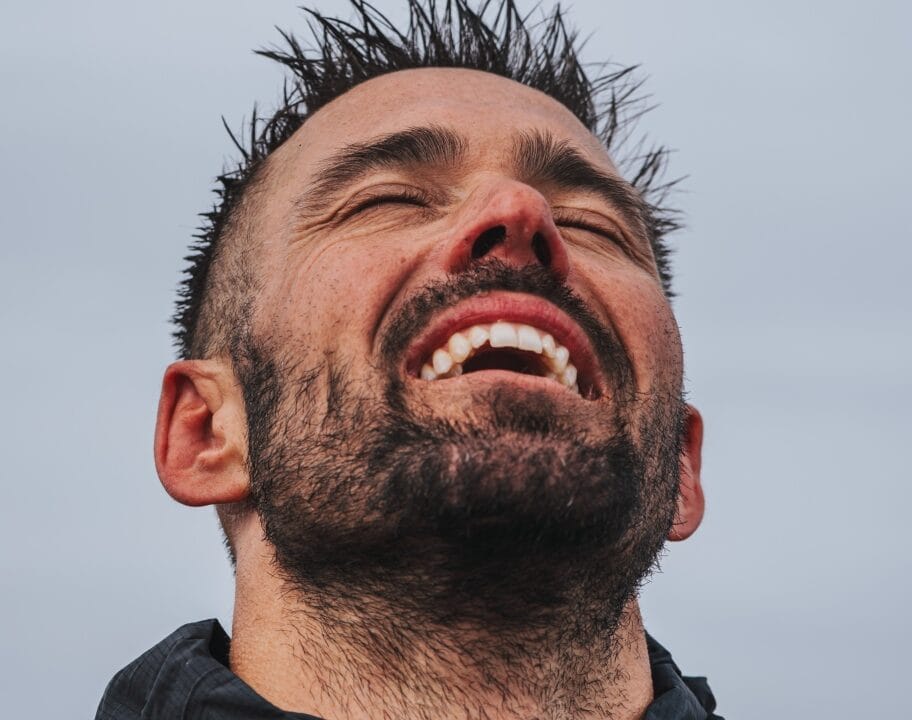Athlete motivation in a COVID-19 world…
While we are all wondering what the ‘new normal’ will be, there’s no doubt that daily life has changed for many of us in recent months, courtesy of the Coronavirus pandemic.
If all of those changes to routine, plans and targets has impacted your motivation to train, you are certainly not alone.
In this feature, Coach Karen Parnell (www.chilitri.com) looks into the reasons why motivations may have changed, its impacts, how to get out of a ‘rut’ and puts forward some suggestions of how to redirect you goals with racing currently of the agenda for almost everyone.
Training Motivation
We train for races and fix our goals on events, B-races and building up to our big A-race… but what happens when these races disappear?
We are all in this strange and unprecedented situation where races have been cancelled for probably the rest of 2020. My personal goal was to race my first XTERRA off-road triathlon in Portugal and i was really enjoying getting out on my mountain bike and learning a more technical style of riding. This event has been postponed until 2021, so my focus has disappeared. I felt a bit lost and lack focus. It’s ok to feel like this. It’s ok to step back and re-evaluate. Not only have we lost our races but many of our training venues and access to training camps too.
That lack of motivation, mental health experts say, is understandable and completely normal in the short term.
“Life in general has slowed down a lot right now,” Gregory Scott Brown, M.D., director for the Centre for Green Psychiatry in West Lake Hills, Texas. “That kinetic energy we have from waking up in the morning, darting out of the house, and going to work motivates and inspires us, but now that routine is broken up, making it more difficult for people to find motivation.”
So how do we will ourselves to log miles? Or do we at all? Like under normal circumstances, it’s all about balance, Brown says.
Why Don’t I Feel Motivated Anymore?
Endurance athletes are creatures of habit and when those habits are broken, it can be a shock to the system. This current situation may be causing you anxiety, you may feel a loss of purpose and that your routine is completely disrupted and may also lead to feeling stressed.
You may have stopped training completely or reduced your training substantially. One of the keys to getting back to training is to identify why you are not getting out of the door or on to the treadmill or static bike. You may be used to running or cycling in a group. You may be used to getting up early to swim in the pool or lake with your team. Sometimes this is not only sociable but holds you to account. It may be that your pool or other venue is shut taking away your normal training routine.
You may also be falling into the guilt cycle and it’s a vicious one: feel guilty about not being motivated, skip a training session, feel guilty about skipping a training session.
How Can I Break Out of This Rut?
With the lack of motivators and goals and maybe feelings of guilt, how can you get back to training with purpose?
At the end of the day, there’s nothing wrong with skipping a handful of workouts, and doing so might actually provide a needed break. But, there’s no question that regular physical exercise can significantly improve mental health.
A 2017 study published in the Journal of Affective Disorders, for example, found that people aged 20 and older who engaged in only light physical activity were more likely to experience depression and metabolic conditions – such as high blood pressure, blood sugar, or cholesterol – compared with those who engaged in vigorous activity.
A 2017 meta-analysis published in the same journal found that people with major depressive disorder had a roughly 50 percent higher chance of not meeting the guidelines of 150 minutes of moderate to vigorous exercise every week.
In other words, regular exercise – like running and cycling – can help prevent and treat depression.
The best way to get back into an exercise routine is slowly and break it down into manageable chunks.
You don’t have to get out every day or match your pre-coronavirus mileage. Instead, commit to one or two sessions per week at whatever distance you feel like at the moment. Perhaps don’t run or cycle at all, and instead try at-home yoga or a living room strength workout. Maybe go for a walk outside once a day to top up your vitamin D. Vitamin D is vital for regulating the absorption of calcium and phosphorus and facilitating normal immune system function. Getting enough vitamin D is important for normal growth and development of bones and teeth, as well as improved resistance against certain diseases.
Everyone has an energy bucket which can be spread amongst daily activity. Stress and exercise drains this, so this may mean when you do go out to train your energy levels may be reduced. Home schooling, working from home and other worries may be adding to your stress levels and draining your energy bucket more than normal. So don’t worry if you are not hitting PR’s when you go and train and just enjoy the training experience.
The key is to put together a daily schedule and take the opportunity to try something new. Create your new routine.
If you are finding it tough to write your own new training schedule, then maybe consider using a pre-written maintenance plan by a qualified coach? I have written some plans of various lengths and taking in to account that you may not be able to train outside and that your swimming pool may be shut. You can find these plans here: Maintenance Plans.
A Change Of Focus?
This could be a time for focus on your weaker areas like hill climbing. Have you ever seen an athlete during a race zoom past you on a hill and find yourself wondering why they are so fast? Or on a tricky cycling descent why other cyclists are passing you with ease, looking really relaxed? You now have the space to practice the skills your never could find the time to do in the past, such as:
- Transition in triathlon. Practice setting up your transition area and then simulating T1 and T2. This need not take up much room.
- Hill climbing on your bike. Getting stronger in and out of the saddle. This can be outside on a local steep hill doing hill repeats or even choosing steep routes on Zwift on your turbo.
- You may want to work on your VO2 max. Having a higher VO2 max is a good thing: it means that your body can take in more oxygen and deliver it to your muscles, enabling you to run, swim or cycle faster for a given effort. For cycling there are training plans on Zwift, The Sufferfest and TrainerRoad that can increase V02 max. These will give you structure to your training. If you don’t have these training Apps, then a great way to increase V02 max is High Intensity Interval Training (HIIT) which has proven to aid with increasing this. HIIT workouts don’t need any equipment and can easily be done at home.
- Maybe you have been neglecting Strength & Conditioning (S&C) in normal times when you are terribly busy, and this may be ideal time to start to work on your glutes, core and general overall strength. The latest subscription box from SurgeBox has a Theraband and detailed workout to follow along with to strengthen your glutes which are needed for power on the bike and run. Details are here: SurgeBox.
- Another way to set goals is by joining a Virtual Race or online challenge. These are becoming very popular with IRONMAN® launching their Virtual Club website with Virtual Races and Challenges. They even have virtual races with professional athletes taking part which you can view live online. Zwift have launched their own version of professional races which can be viewed on TV and online. If you like running races then Rock n Roll have launched a virtual running club with regular events to take part in which can be integrated in to your training plan.
- If your event has been cancelled, the event organisers may be offering the possibility to do the event on the same day wherever you are and still get rewarded with the race memento. This is a great way to stick to your race training plan and get a medal or t-shirt to mark your achievement and remember this unusual time.
- Are you missing the feel of water on your skin and swimming in the great outdoors? Then why not join thousands of swimmers and invest in an above ground pool and swim tether and swim in your back yard, here’s how.
- Consider using a Heart Rate Variability (HRV) monitoring App such as Elite HRV to keep track of your bodies ability to train. Stress, both training and emotional, can drain your resources and mean some days rest is better than beasting yourself training.
- Mindfulness and being in the moment can help with anxiety and stress so if you are new to this practice and want to try it then consider trying the Headspace or Calm Apps.
If you have fallen off the training wagon, then the key is to ease back gradually – maybe start with something you enjoy the most? You may find playing Frisbee with your family is fun, maybe dust off the stand-up paddle board or even the mountain bike? All of these activities can be considered cross training so can be ticked off on your training schedule or plan.
Karen Parnell is an IRONMAN® Certified Coach and British Triathlon Federation (BTF) Level 3 High Performing Coach and Tutor. She is also a qualified Personal Trainer and ASA Open Water Swimming Coach. Karen is based near Malaga in Southern Spain where she run ChiliTri coaching and camps.




















